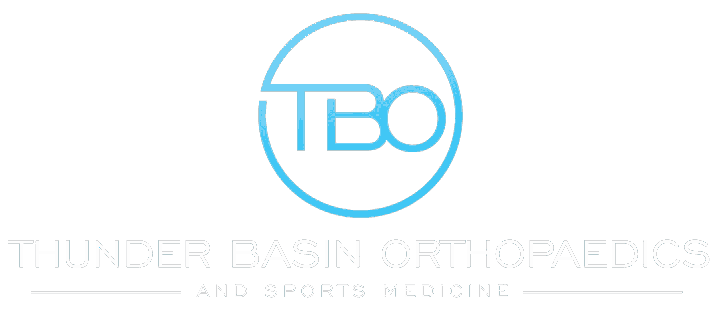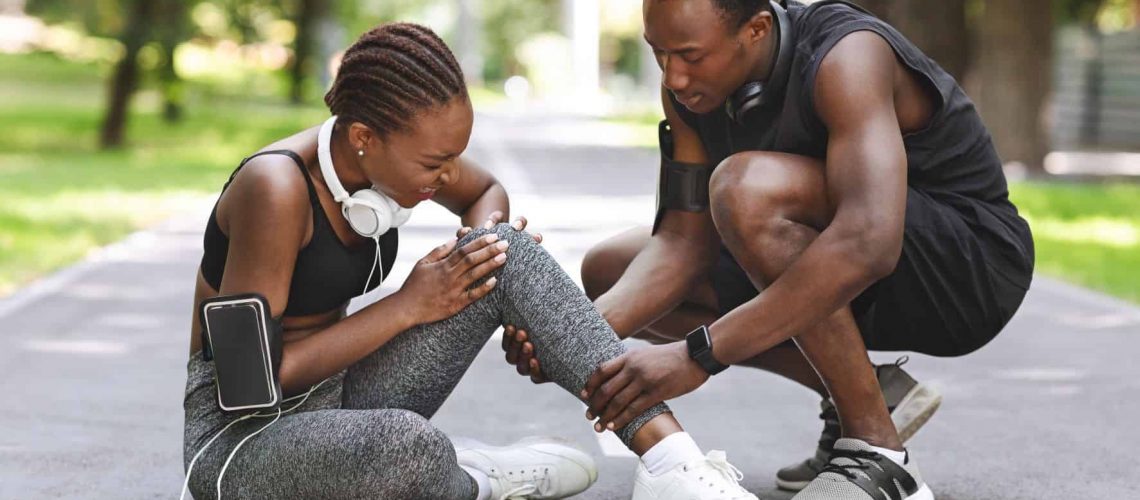If you or someone close to you is particularly active or involved with sports, you’re probably all too aware of how easy it is to injure oneself in a variety of ways during any kind of strenuous physical activity. Hopefully, the situation never arises, but if it does, you’ll want to be as informed as possible about the injury so you can be as prepared as possible for any eventuality.
In that vein, the goal of this article is to spread information about one common sports injury to the medial collateral ligament (MCL) located in the back of the knee. As a major joint, knees can sometimes be surprisingly delicate, and it is important that any players or athletes who experience this injury are as informed as possible about all its ramifications.
Contents
Basic Information about MCL Injuries
First things first, let’s examine some of the essential baseline information and facts that you should know about this part of the anatomy and the injuries it might sustain.
Definition
As we mentioned above, MCL injuries refer to damage to the medial collateral ligament, a large ligament necessary for the overall stability of the knee joint. It’s made of collagen and elastic fibers which connect your thigh and shin bones. It controls your knee’s motion by limiting joint mobility, and if damaged, your knee can bend too far or in the wrong direction.
Causes
The MCL’s main job is to resist force applied to the outer part of the knee and keep your joint from spreading dangerously. For this reason, MCL injuries most often occur when one is struck on the outer part of the knee, lower thigh, or upper shin while their foot is firmly on the ground and unable to move. The blow will apply stress and force to the leg, causing the fibers of the ligament to stretch and tear.
Symptoms
There are several symptoms that might notify someone that their MCL has just torn, and the first thing that many people notice is hearing a popping or tearing noise at the moment of impact.
After the moment of the injury itself, several symptoms are possible:
- Pain and tenderness around the inside of the knee.
- Swelling around the knee joint area.
- The knee joint locking or catching.
- A sensation that the knee will give out when any weight is put on it.
A person may experience one or many of these symptoms at varying levels of intensity – the exact nature of the symptoms will depend on the severity of the injury sustained.
Severity of Injury
MCL tears are commonly divided into three levels of severity depending on how badly the fibers of the ligament have torn. Injuries will be classified as a level I, II, or III, with level I being the least serious and level III being the most severe:
- Level I: At this level, the ligament has been badly stretched but not fully torn. Roughly 10% of the fibers in the ligament have torn, leaving it mostly structurally intact.
- Level II: This level is further subdivided into categories, level II- and level II+ (II- being closer to a level I, and II+ being closer to level III injury). Both subcategories apply to a TCL that has partially torn but is still connected.
- Level III: The most severe level of injury. In this situation, the patient’s TCL has been completely torn. In this case, the joint is no longer structurally stable and can’t support the weight.
The severity of the injury also obviously reflects on the severity of the symptoms. At level I, there is tenderness, but no instability in the joint, and weight can be put on the leg, if not comfortably. A knee with a level II injury will often (but not always) still be stable enough to put weight on, but the pain and swelling are much more noticeable than with a level I, especially if walking. Lastly, a level III will result in significant pain and swelling, trouble bending the knee, and a knee that will not support the weight.
Treatment
The good news about TCL tears is that the outlook for these injuries is generally good – they only very rarely require surgery, and most will heal on their own with rest, ice, and self-care.
Immediate Treatment
In the immediate aftermath of an injury, the important goals are to ease pain and stabilize the knee. This can be done with ice, compressing the knee with an elastic bandage, or elevating the knee above the head.
Long Term Treatment
After the injury is over, treatment can take many forms. It could be as minor as resting, using a crutch to get around, taking anti-inflammatory drugs, or wearing a protective knee brace. In more serious cases, physical therapy may be undertaken, and while it is rare, surgery is sometimes needed for TCLs that have completely torn.
Thunder Basin Orthopaedics and Sports Medicine Is Here To Help You Recover
At Thunder Basin Orthopaedics and Sports Medicine, our world class surgeons have extensive experience diagnosing, preventing, and treating a wide range of sports injuries and medical conditions.
If you have any concerns about your health or you would like to schedule an appointment with one of our sports medicine physicians, don’t hesitate to call us or fill out our online appointment request form.
We would be delighted to help you and assist you in reaching your top performance.


